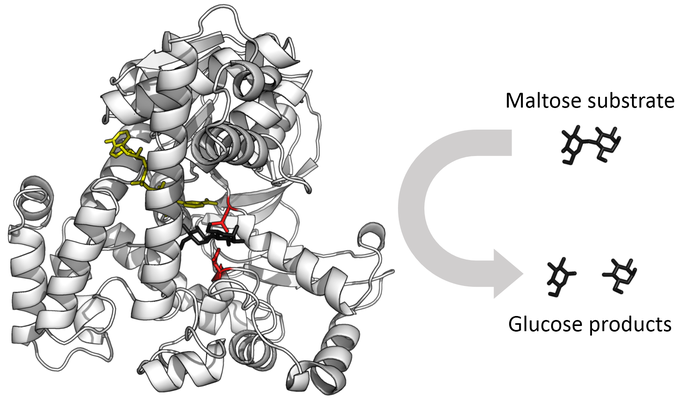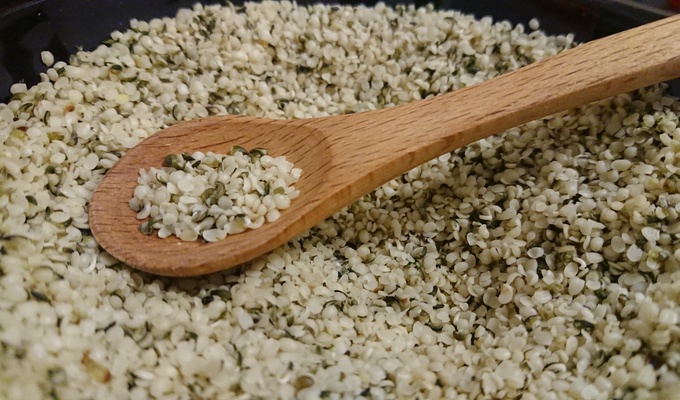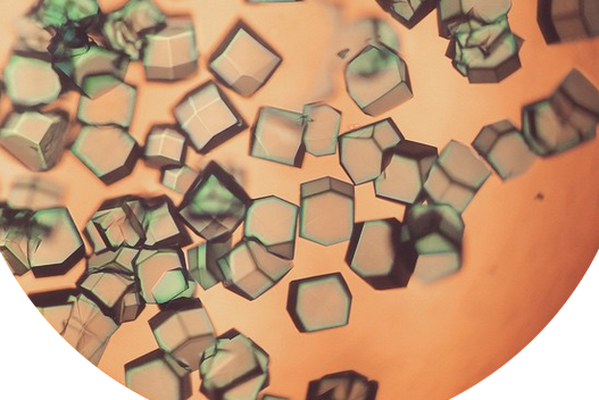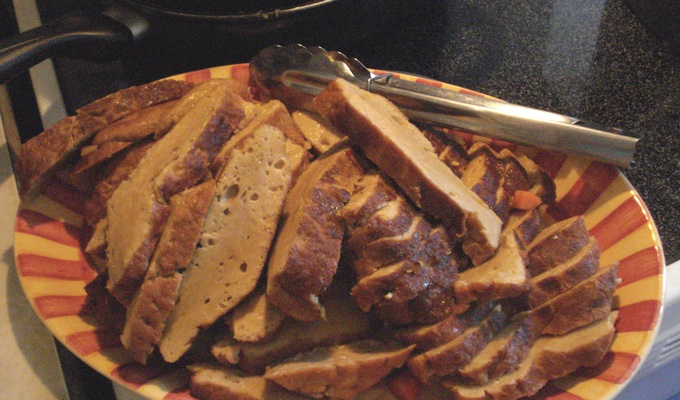Proteins are large, complex molecules composed of amino acids, which are essential to the structure and function of all living cells. In the culinary context, proteins play a crucial role in the texture, flavor, and nutritional value of food.
Common sources of dietary protein include meat, fish, eggs, dairy products, legumes, and certain grains. The function of proteins in food preparation varies depending on their source and the conditions under which they are cooked or processed.
Denaturation
In cooking, proteins undergo denaturation, a process where the protein's natural structure unravels due to the application of heat, acid, or mechanical action. Denaturation changes the solubility and texture of the protein, which is essential for the preparation of many foods.
For instance, when meat is cooked, the heat causes the proteins to denature and coagulate, leading to the firming of the meat. Similarly, when eggs are heated, the proteins in the egg whites denature and coagulate, transforming the liquid egg into a solid form. In baking, gluten, a protein found in wheat, provides structure to bread by forming a network that traps gas produced by yeast, resulting in a leavened product.
Emulsification and foaming
The behavior of proteins under various conditions is also central to techniques such as emulsification and foaming. In mayonnaise, for example, egg proteins help stabilize the emulsion of oil and water, while in meringues, the proteins in egg whites trap air, creating a stable foam that can be baked.
Enzymes and protein breakdown
Proteins are also affected by enzymatic reactions, such as the tenderizing of meat through the action of proteolytic enzymes like papain or bromelain. These enzymes break down protein structures, making the meat more tender. However, improper handling of protein-rich foods, such as overcooking or incorrect application of acids and enzymes, can lead to undesirable textures, such as toughness or curdling.








